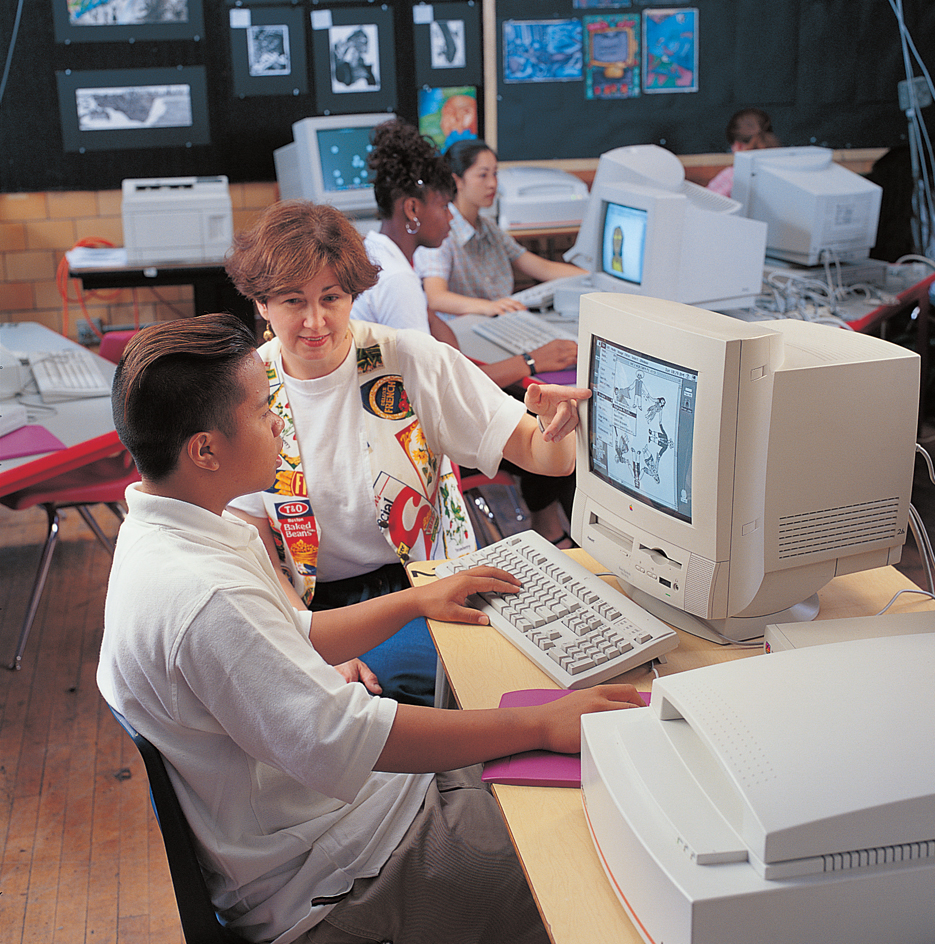Desktop publishing is the use of a personal computer to write, illustrate, and lay out high-quality documents. Publications produced by means of desktop systems range in complexity from simple newsletters that are printed in black and white to magazines and books that are illustrated in full color. In general, the term desktop publishing is used in relation to printed materials. For information on the distribution of publications in digital (numerical) form over the Internet or via such media as CD-ROM (Compact Disc Read-Only Memory), see Electronic publishing .

Desktop publishing, often referred to as DTP, began in the mid-1980’s. It gradually replaced older methods in which skilled professionals or even separate companies perform various tasks using specialized equipment. These tasks include writing and editing, design and illustration, typesetting, and the preparation of type and graphics (illustrations) for printing.
A basic DTP system consists of a personal computer, a scanner, special software, and a high-resolution laser or inkjet printer. A scanner is a device that converts photographs and other illustrations to digital images. The software usually includes a word-processing program for writing and editing, a design program to create graphics and to manipulate scanned graphics, and a page-layout program. The layout program is used to set the number and size of published pages, design the layout of the page elements, typeset the text, and position the graphics. Finished documents, in the form of digital computer files, are ready for printout on a computer printer. A high-resolution printer is one that can print fine details. People can also use digital files produced by desktop publishing to prepare film images of text and graphics for reproduction by printing presses.
Three technological breakthroughs in the mid-1980’s created the field of desktop publishing: (1) the Apple Macintosh personal computer, developed by Apple Computer, Inc. (now Apple Inc.), (2) Apple’s LaserWriter printer, and (3) PostScript, a programming language used for printing out professional-level type and graphics developed by Adobe Systems, Incorporated. A person using this relatively inexpensive equipment could produce high-quality publications quickly.
Graphic design firms and advertising agencies were among the first to recognize that DTP could save time and money. As DTP systems became more powerful and the cost of equipment decreased, commercial printers and publishers began to use them. Today, a vast majority of printed materials are created with desktop publishing systems.
